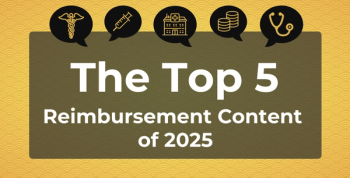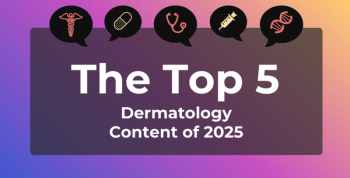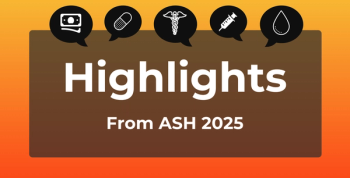
Causal Link Found Between Food Insecurity and Mental Health Symptoms in New Data
Key Takeaways
- Food insecurity is linked to increased anxiety and depression, with symptoms reversible upon regaining food security.
- The study tracked nearly 500 adults, showing food insecurity as a significant predictor of mental health issues.
New research demonstrates a swift directional relationship between food insecurity and increased anxiety and depression, highlighting the urgent need for interventions to improve mental health.
Becoming food insecure can trigger symptoms of anxiety and depression within just one month, and regaining food security can reverse those symptoms just as quickly, according to new research that offers compelling evidence of a direct, causal link between food
Food insecurity disproportionately
New data from the Changing Cost of Living Study provide some of the strongest evidence to date that food insecurity doesn’t just accompany mental health issues; it has the potential to cause them.1 The intensive longitudinal study, published in
The data show that food insecurity is linked with increased symptoms of anxiety and depression, measured using the validated GAD-7 and PHQ-8 scales. Importantly, even after controlling for factors such as age, gender, time, and mental health status in the month prior, food insecurity remained a significant predictor of worse mental health outcomes. Within individuals, becoming food insecure led to increases in anxiety symptoms (effect size, 0.15; 95% CI, 0.08–0.22) and depression symptoms (effect size, 0.11; 95% CI, 0.03–0.18). Conversely, mental health improved when food security was regained, with effects of a similar magnitude.
Nearly 40% experienced food insecurity during at least one month of the study, with substantial month-to-month variation that allowed investigators to examine both between-individual and within-individual effects. Participants who were more frequently food insecure over the course of the year had consistently higher anxiety and depression scores. Among those whose food security status fluctuated, months marked by food insecurity were associated with significant increases in symptoms relative to the individual’s own average, an effect that reversed in months when food security returned.
The magnitude of symptom deterioration during food-insecure months was nearly identical to the improvement experienced during food-secure months. This symmetrical effect counters concerns about long-lasting psychological damage or cumulative burden and instead suggests that immediate improvements in food access could yield equally immediate gains in mental health, the authors noted. They estimate that eliminating periodic food insecurity could reduce cases of clinically relevant anxiety and depression by more than 20 percentage points.
The findings also strengthen the case for causality. By comparing predictive models, researchers showed that including food insecurity data from the previous month significantly improved the ability to predict current symptoms of anxiety and depression, meeting the temporal criteria for Granger causality. This means that food insecurity not only coincides with poorer mental health but appears to precede and drive it, they explained.
While the study’s month-to-month scope offers powerful insights into short-term effects, researchers note that longer-term consequences remain unclear. Further studies with extended follow-up are needed to assess the cumulative psychological toll of chronic food insecurity.
"Our analyses suggest that interventions to prevent food insecurity should produce a substantial and immediate reduction in the prevalence of clinically-relevant levels of anxiety and depression symptoms in populations currently experiencing periodic food insecurity, supporting the case for non-pharmaceutical treatments," the authors concluded.
References
- Bateson M, Chevallier C, Johnson EA, Johnson MT, Pickett KE, Nettle D. Does food insecurity cause anxiety and depression? Evidence from the changing cost of living study. PLOS Ment Health. 2025;2(7):0000320. doi:10.1371/journal.pmen.0000320
- Santoro C. Addressing food insecurity to improve physical, mental health outcomes. AJMC®. November 28, 2024. Accessed July 15, 2025.
https://www.ajmc.com/view/addressing-food-insecurity-to-improve-physical-mental-health-outcomes - Distelhorst K, Adams K, Lopez R. Food insecurity, neighborhood, and health care utilization in health system adults. Am J Manag Care. 2023;29(4):188-194. doi:10.37765/ajmc.2023.89347
Newsletter
Stay ahead of policy, cost, and value—subscribe to AJMC for expert insights at the intersection of clinical care and health economics.








